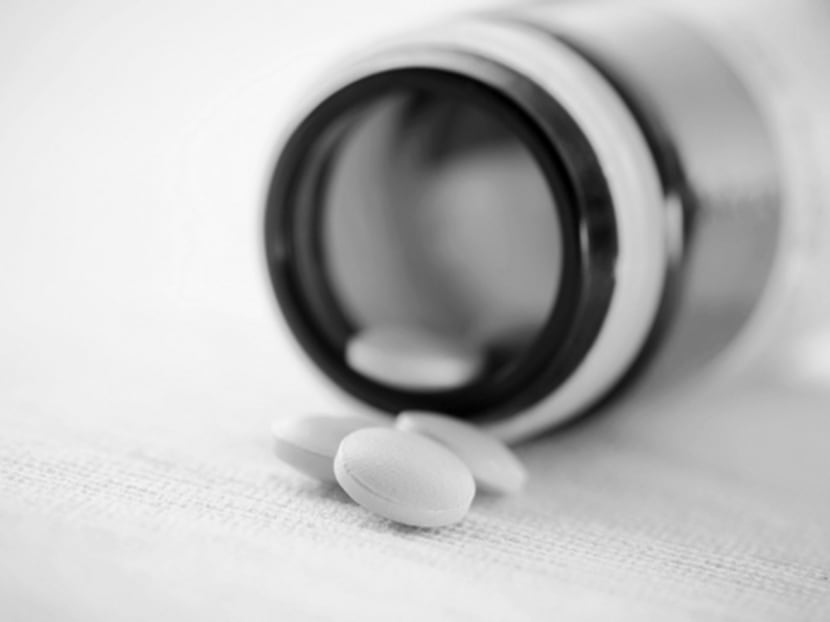Rising death toll of antimicrobial resistance a threat to global economy
When British Prime Minister David Cameron asked me last July to lead an effort to find solutions to the growing global problem of antimicrobial resistance, my first question was: “What is that?” I soon learnt that, as bacteria and parasites develop resistance to existing drugs, such as antibiotics and antimalarial medication, the world is at risk of losing its battle against infectious diseases. So my next question was: “Why me? Don’t you need a scientist?”
When British Prime Minister David Cameron asked me last July to lead an effort to find solutions to the growing global problem of antimicrobial resistance, my first question was: “What is that?” I soon learnt that, as bacteria and parasites develop resistance to existing drugs, such as antibiotics and antimalarial medication, the world is at risk of losing its battle against infectious diseases. So my next question was: “Why me? Don’t you need a scientist?”
It turns out that the problem of rising antimicrobial resistance is as much about economics as it is about science or medicine. Left unchecked, it will kill millions of people every year, and have serious adverse economic consequences for the world. For developing economies, including most of the BRIC (Brazil, Russia, India and China) and MINT (Mexico, Indonesia, Nigeria and Turkey) countries, the risk is particularly large.
Recent research, by an independent review on antimicrobial resistance, which I chair, has modelled the phenomenon’s probable impact on the world economy. It suggests that if we fail to address antimicrobial resistance, the problem will grow worse.
By 2020, if we allow resistance to rise by 40 per cent, global gross domestic product will be 0.5 per cent smaller than it otherwise would have been. By 2030, it will be 1.4 per cent smaller. By 2050, the economic shortfall will reach 3 per cent. The accumulated loss of global output over the next 35 years will total US$100 trillion (S$134 trillion) — more than one-and-a-half times annual world GDP today.
As it is, 60,000 people die every year from causes related to antimicrobial resistance in the United States and Europe — about 10 times the worldwide death toll from the ongoing Ebola crisis.
By 2050, if the problem is allowed to continue to grow, antimicrobial resistance will kill more than 10 million people per year. That is more than the number of people who currently die of cancer, diabetes, lung cancer, road-traffic accidents, diarrhoeal disease and HIV/AIDS combined. The economic costs from the resulting panic, including a collapse of travel and trade, could be devastating.
Rising rates of antimicrobial resistance will have a particularly severe impact on India, Indonesia and Nigeria (as well as the rest of Sub-Saharan Africa). Countries such as China and Brazil, which have been successful in reducing malaria rates, could see their hard work undermined by an increase in resistance to antimalarial drugs.
The research we commissioned was based on the limited data available. It does not take into account the damage from drug-resistant illnesses outside of hospitals or the impact of escalating healthcare costs.
Nor does it include the drop in living standards from the loss of life-enhancing treatments — for example, knee or hip replacements, cancer treatment and caesarean sections — that rely on antibiotics to prevent infections. The broad-brush research we conducted shows that such treatments — many of which will not be possible without effective antibiotics — add around 4 per cent of benefit in terms of GDP.
POSSIBLE SOLUTIONS
One of my goals is to persuade United Nations policymakers to agree to a set of rules and policies to stop the growth of antimicrobial resistance. In addition to highlighting the scale of the problem, the review is seeking to find ways to reduce drug resistance and to stimulate the production of new antibiotics to compensate for the loss of those that are now or will become ineffective.
Some solutions to reduce resistance will require cutting-edge technology. We must encourage policymakers to support the development of the best diagnostics. Quicker, more accurate diagnoses will curb the current overreliance on antibiotics — a key requirement for combating resistance. We also must develop tools to identify and halt outbreaks of resistant diseases at an early stage. Data provided by diagnostic devices could be a potent weapon in containing these outbreaks.
Other solutions are low-tech, requiring little more than common sense. We need to start washing our hands thoroughly and often. We need to stop demanding antibiotics from our doctors. And, when antibiotics are called for, we need to finish the prescribed course. As we try to prevent resistance to existing drugs, we will also need to examine the impact of antibiotics on agriculture.
Developing new antibiotics is a challenge, because pharmaceutical companies seem to need incentives to conduct the required research. The review will study whether market incentives can be changed. If they cannot, more dramatic alternatives to boost early innovation by university labs and small companies could be sought, perhaps through a targeted fund.
As the review research shows, the stakes of inaction on antimicrobial resistance are high. Now is the time to search for bold, clear and practical long-term solutions.
PROJECT SYNDICATE
ABOUT THE AUTHOR:
Jim O’Neill, a former chairman of Goldman Sachs Asset Management, is a visiting research fellow at Bruegel, the Brussels-based economic think-tank.







